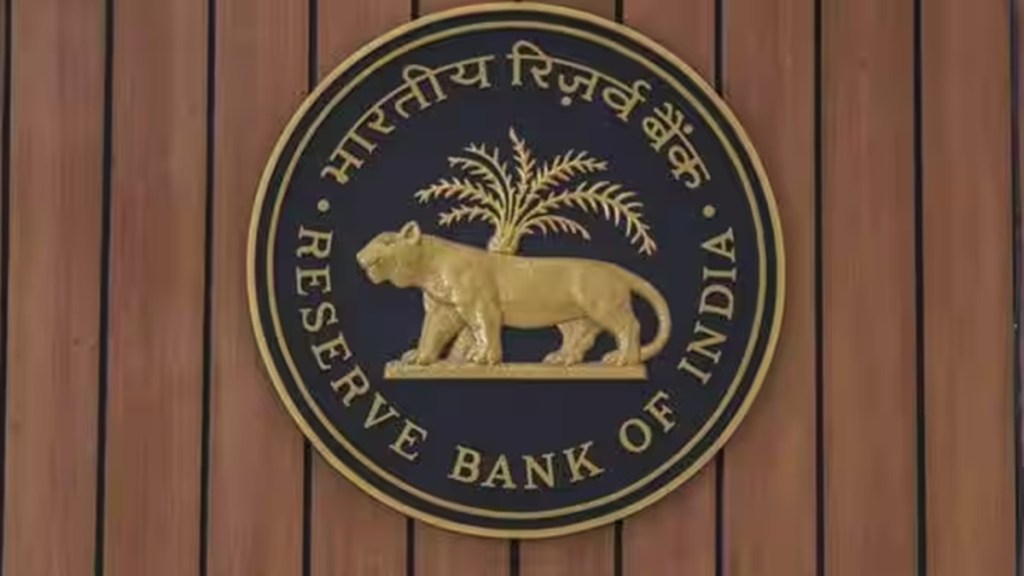By CKG Nair and MS Sahoo
Following up on its July 2023 proposal on the formation of the Industry Standards Forum, on August 7, 2023, Sebi issued a press release announcing four pilots. They are on rumour verification requirements; disclosure requirements under Regulations 30 and 30A of LODR Regulations; BRSR Core / ESG assurance requirements and Structured Digital Database requirements under PIT Regulations. The idea of such a forum is to “formulate standards for implementation of specific regulations and circulars, based on feedback from industry and stakeholders, in consultation with SEBI”. They will be formed by Industry Associations and chaired by an industry leader under the aegis of the stock exchanges.
This innovative approach to regulatory compliance is the result of continuously escalating and exacting governance standards over the years, particularly in recent times. All the four identified pilots are amongst the latest regulatory dictats. Rumour verification and enhanced disclosure standards under Regulations 30 and 30A came in through the LODR (second amendment) regulations, notified on June 14, 2023, which, inter alia, brought in a number of additional governance steps. This amendment and the follow up circular dated July 12, 2023 brought in the rigorous framework for BRSR Core / ESG assurance requirements. Though the idea of a structured digital database (essentially, protocols for managing unpublished price-sensitive information) came up in 2018 based on the recommendations of the Committee on Fair Market Conduct, and the compliance requirement under PIT Regulations was notified on July 17, 2020, implementation commenced only from the second quarter of 2022. Obviously, there is a serious cat and mouse game going on between the regulators’ demand for implementation of high standards of corporate governance and the actual game on the ground. After all, behaviour modification of regulated entities is a major and fundamental objective of regulation.
The market regulator is not the only one demanding higher standards of corporate governance. Other regulators also have their own norms. Of late, RBI is focusing very seriously on the governance of banks and large NBFCs, highlighting concerns of conduct risks and conflicts of interests in boards and top management. Further, proxy advisories such as Institutional Investor Advisory Services (IIAS) and Stakeholder Empowerment Services (SES) prescribe their own additional norms and parameters for measuring/ scoring/ grading/ depicting standards based on ‘best practices’. Given the growing attention on governance, measuring and communicating the quality of corporate governance in an objective manner has assumed critical importance.
While so many authorities and entities are demanding higher and better standards, corporate governance is an art. Capturing the quality of corporate governance is a higher-order art. One has to go behind the artistic and artful approach of the people involved in governing a company and elicit a realistic assessment, without being accused of adventurism and/or ‘lifting the corporate veil’. Governance with semantics and verbosity, like ‘giving voice to values’, citing stories and adages from ancient scriptures, or quoting first principles of integrity, transparency, leadership qualities, and so on have become passé.
Corporate governance as a performing art needs greater clarity and agility. This is what the proxy advisory firms try to do by means of their grading/scoring methodologies, though they go beyond the regulatory norms. SES, for instance, tries to capture and communicate the quality of corporate governance, inter alia, through a graphic representation called ‘governance radar’. It is a heptagon, depicting the level of governance in terms of seven broad parameters: Accounts & Audit, Board Structure, Board Performance, Committee Governance, Remuneration and Stakeholder engagement. Behind these parameters, there are 42 variables (six under each category); both qualitative and quantitative.
However, on the ground, even prescribed regulations are either complied with only in letters or not fully complied with. There is a varying degree of compliance. Hence, the incessant efforts by the market regulator and others to achieve higher compliance lead to greater compliance costs and questions of the capability of such compliance. This is now getting reflected in the latest idea of standard setting industry forum.
In this context, an associated regulatory development raises the level of curiosity. Sebi, under the Delisting of Equity Shares Regulations, 2021, released a Consultation Paper on voluntary delisting on 08 August, 2023. The stated objective is to facilitate easy delisting/exit from the listed space by allowing a fixed price approach to buy back public holding rather than through the reverse book building route.
The issue of making exit easy is not new. But the earlier concerns were mainly related to keeping zombie companies on the records of exchanges, while the new approach is not only for the zombies. On the one hand, we have increasing demands for higher governance standards from listed entities, even when many of them are not able to implement the spirit of earlier regulations. On the other, we are now speaking of easy exit from the listed space. Maybe the aim of the regulator is to clean up the zombies as well as the recalcitrant and have only entities with high governance standards in the listed space.
The corporate governance space is always alive and entertaining, particularly with recurring stories of adventures and catching-up regulations. Though, for those who are mandated to implement (the board and top management), it could be boring or even nightmarish. We need to wait and watch how the market responds to these apparently contrasting routes to ease of doing business; to enhance standards or to exit. It may not be a big Shakespearian dilemma for some companies.
Writers are rsespectively, director, NISM and distinguished professor, NLU Delhi. Views are personal

